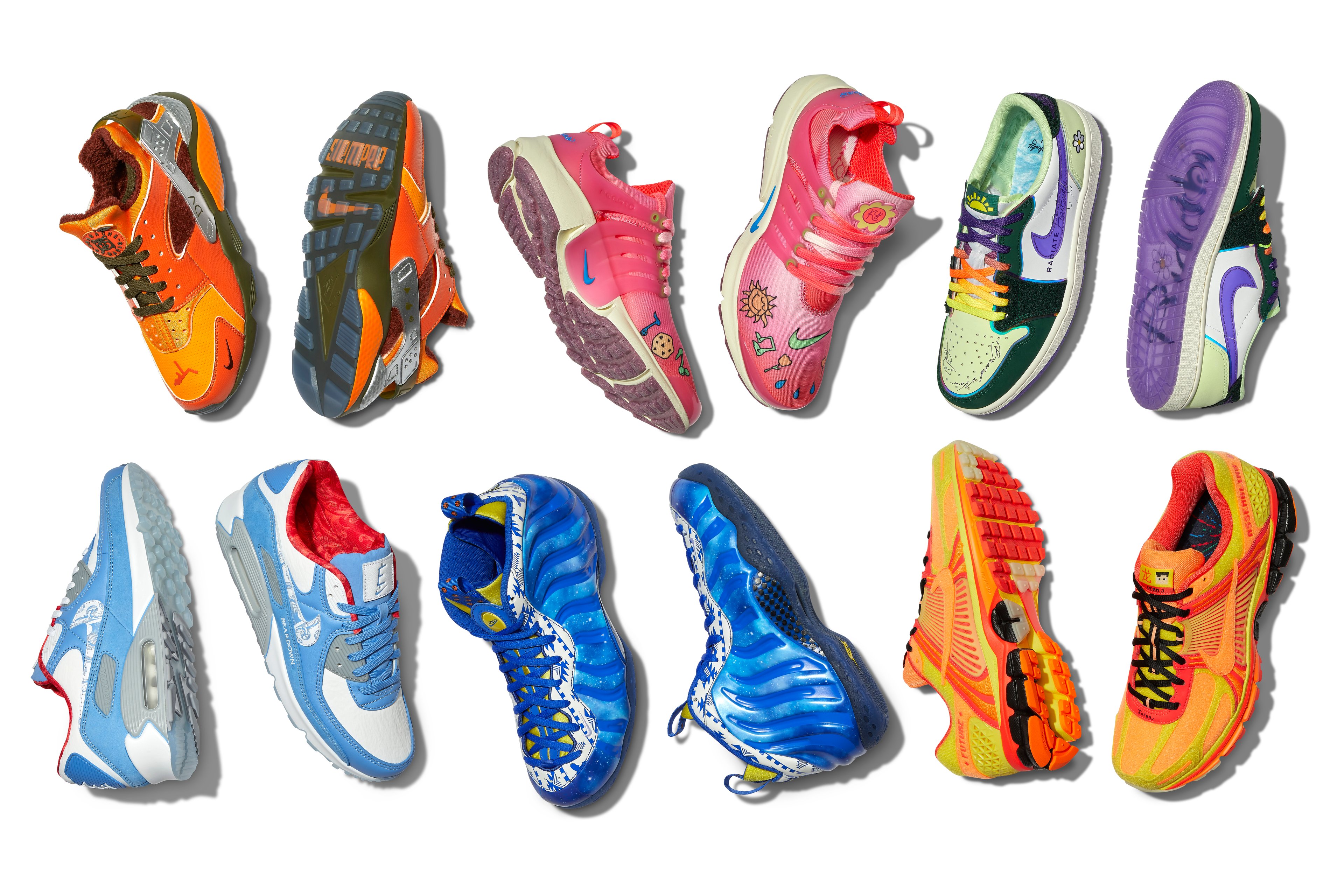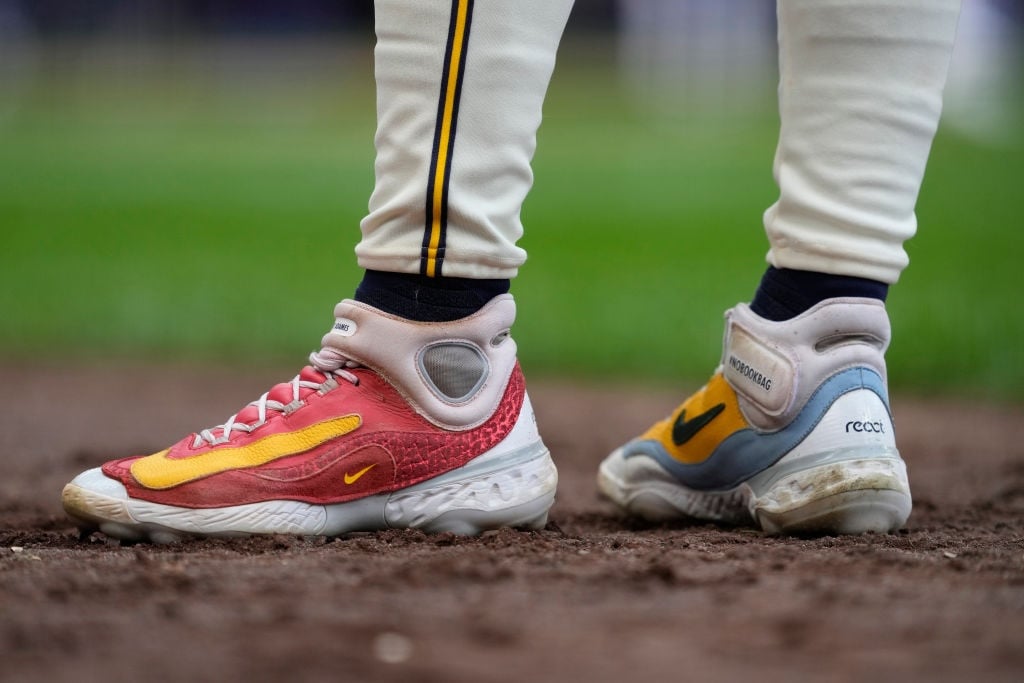Expectations were low coming into Nike's (NKE +4.46%) fiscal first-quarter earnings report on Tuesday. The Swoosh had promised an improvement after revenue in its previous quarter tumbled 10%, but it still expected a decline.
Nike's problems have been clear for some time. Under previous CEO John Donahoe, the company got away from its roots, neglecting its wholesale partners, not innovating in new products, and ignoring the kind of brand marketing that has made Nike one of the best-known logos in the world.
CEO Elliott Hill has now been in the hot seat for about a year, attempting to reestablish relationships with key retail partners like Foot Locker, clear out excess inventory in classic franchises like Dunks, and get back to innovating performance products that resonate with athletes.
The results from its first-quarter earnings report show those efforts seem to be paying off faster than expected. Revenue in the quarter rose 1% to $11.7 billion, which crushed the consensus of $10.99 billion, or down 5.2%. On a currency-neutral basis, revenue was down 1%, but that was still much better than expectations.
Gross margin declined 320 basis points to 42.2%, reflecting higher discounts in both the wholesale and direct channels and a shift back to the wholesale channel, which tends to be a lower gross margin. The margin decline seems to indicate more efforts to clear inventory, which fell 2% in the quarter to $8.1 billion, a positive sign.
On the bottom line, earnings per share were down 30% to $0.49, largely due to the decline in gross margin, though that still easily beat the consensus estimate of $0.27.
Investors cheered the results, sending the stock up 4% after hours on Tuesday.

Image source: Getty Images.
Green shoots are forming
While the sharp decline in profits is concerning, Nike seems to be ahead of where it expected to be at this point in its turnaround, and it's making progress in key areas.
Its efforts to revamp its running business continue to pay off as the company responded to three things that customers said they wanted in a running shoe: cushioning, stability, and an everyday shoe that returns energy. In response, it redesigned top-selling styles like Vomero, Structure, and Pegasus, and the customer response was clear. Nike running sales grew by more than 20% in the quarter. It's experimenting with running-only stores, saying that it redesigned a store in Austin to focus only on running and training, driving significant sales growth.

NYSE: NKE
Key Data Points
Nike has also undergone an impressive reversal in North America, which it sees as driving growth in the overall business, and where the bulk of Hill's efforts have been thus far. Sales in that region went from an 11% decline in the fiscal fourth quarter to 4% growth in the first quarter, benefiting from the tailwinds in the running business and efforts to expand its reach to new partners like Amazon, as wholesale revenue grew by 11%. In addition to the strength in running, training and basketball were up double digits, while its classic footwear franchises were down 30% as the company deemphasizes them.
Management still indicates the turnaround will take time as it struggles in regions like China, and it forecast a decline in Nike Direct sales for the fiscal year as it focuses on the wholesale channel.
For the second quarter, management expects similar trends, including a low-single-digit decline in revenue and gross margins falling 300-375 basis points, which includes a net headwind of 175 basis points from new tariffs. Due to increased tariffs, The company now estimates a $1.5 billion incremental cost this year, up from a previous target of $1 billion.
Is Nike a buy now?
Nike management is clearly indicating that investors need to be patient with the recovery, but there are clear signs of progress here, and at least some of the headwinds, like tariffs, are one-time in nature.
Getting the right inventory balance and clearing out classic franchises will take time, but Hill's strategy appears to be working. Nike stock isn't cheap, a sign that investors have some confidence in the turnaround, but there's still a lot of upside if the company can get back to peak performance.
Over the long term, the stock still looks set to recover.






